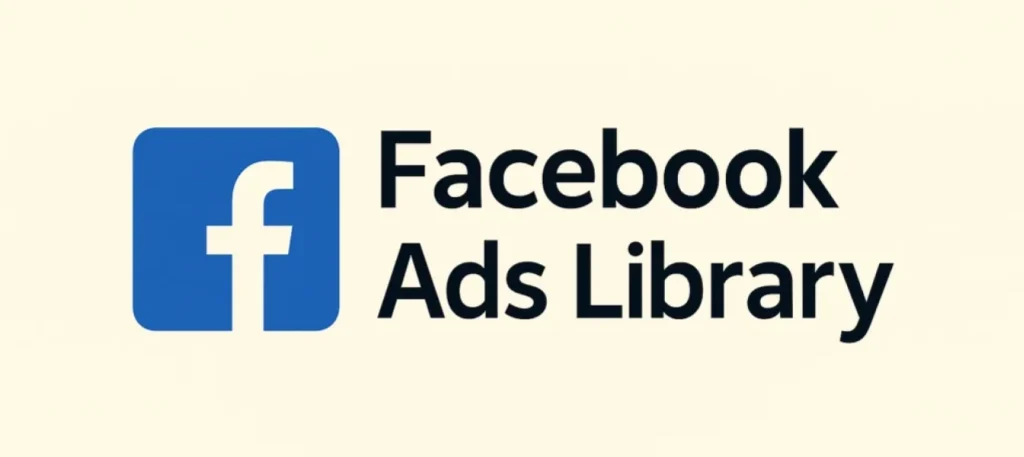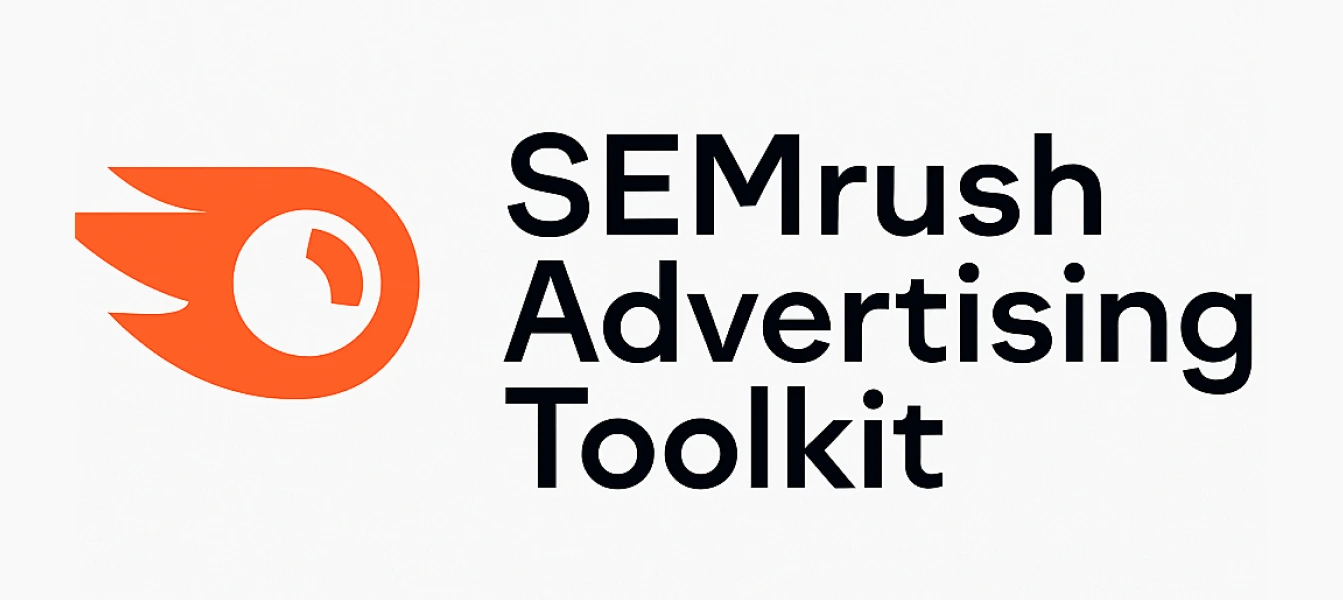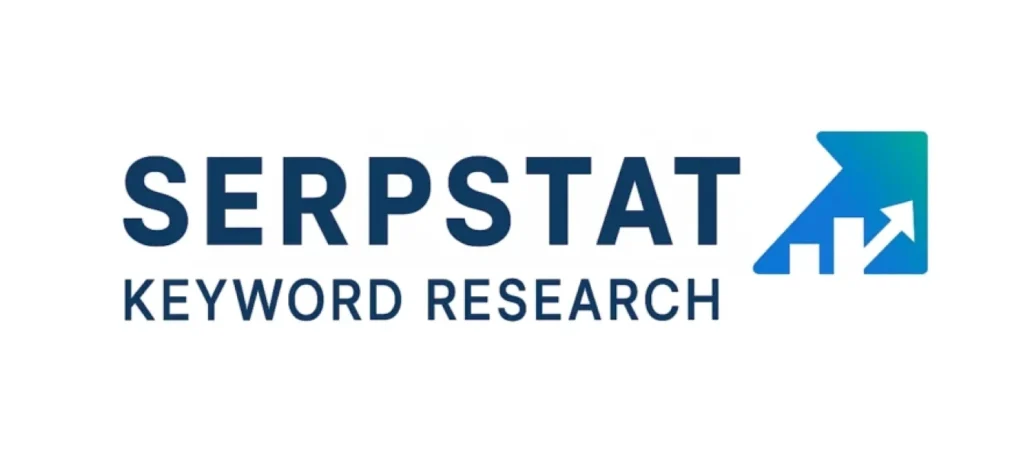Content:
Your SEO budget is in the thousands of dollars, your content strategy is planned months ahead and looks impressive, the best marketing team is working on your advertising, but your competitors still remain higher in the search results? To stop guessing why their traffic is growing (unlike yours), you need proper competitor analysis. While you are acting blindly, your competitors already know a lot about you, including:
And now, an unpleasant insight: your advertising campaigns are already being used by competitors (of course, after minor adaptations)! As harsh as it may look, this is fair play. And both sides need to play it. In this regard, below we will present 17 tools that will help you gather the same useful “dossier” on your competitors.

Competitor analysis is the systematic and regular analysis of critical metrics on websites owned by companies/brands in your niche. It covers the following aspects:
Competitor analysis gives you everything you need to learn from others’ experiences without spending months and thousands of dollars on your own mistakes. At the same time, to avoid making such analysis superficial and to prevent wasting hours browsing competitors’ pages manually, it makes sense to use specialized tools.
No matter how narrow your business niche is, your website will not be the only one in the search results. But with online competitor analysis, you can understand why some sites are higher in search. Moreover, such analytics will help identify trends, find weak, currently unoccupied areas, and ultimately build a sustainable promotion strategy.
Those who will most quickly appreciate the benefits of online competitor analysis tools are:
Today, there are many competitor analysis services that help you find out where their visitors come from, which advertising channels they use, and which pages and keywords bring them the highest ROI. So, what are these services?
With traffic analysis, you can find out which advertising channels give the best results, how the audience is distributed, and how visitors behave on competitors’ websites. Our top audit tools for these tasks are:

SimilarWeb is a popular AI-based competitor site analysis solution that allows you to quickly find out which channels (SEO, PPC, social media, or referrals) bring visitors to your competitor and where they go next. Essentially, SimilarWeb is considered the most visual “traffic radar” that does not require code integration on the site, and here is why:
Now, about the drawbacks:
As for the price, a basic report can be generated here completely free of charge, while paid plans start at $199 per month.

Serpstat is a universal multilingual SEO platform for competitor analysis that provides a detailed snapshot of Russian and Ukrainian competitor traffic by region and keywords. Here, you can generate a semantic intersection map for 5-10 domains in just a couple of minutes. Moreover:
As for the disadvantages, they are as follows:
Serpstat offers a free 7-day trial. Paid plans start at $59 per month for individual users and go up to $479 per month for agencies. Discounts are also available for annual payments.

SE Ranking makes sense to use to determine which specific competitor pages capture the most organic and paid traffic simultaneously. This tool displays the top URL addresses with the percentage of visits and keywords. Additionally, it:
However, SE Ranking will not be the optimal choice if you need:
SE Ranking offers a free trial. Paid plans start at $60 per month, depending on the selected features and data volume.

SEMrush Traffic Analytics is a competitor website analysis solution that actively uses AI. It makes sense to use it if you need to assess a competitor’s funnel (that is, to trace the logical chain of visits -> users -> potential revenue). SEMrush has an Audience Insight block that links traffic with payment data from DSP partners (intermediaries between advertisers and SSPs). Additionally, the following advantages of the tool should be highlighted:
The disadvantages include:
SEMrush has a free trial, and paid plans are available from $139.95 per month, reaching $499.95 per month (depending on the selected functionality).
If competitors actively use paid advertising, it is important to monitor their ads, placement channels, and creatives. This will help optimize your own campaigns and avoid unnecessary costs.

Facebook Ads Library is a public archive of ad data displayed across all Meta platforms (Facebook, Instagram, FB Messenger, and Audience Network). It will show you the creatives competitors use on Facebook/Instagram and provide a complete archive of ads, targeting, and ad launch dates completely free of charge. Moreover:
At the same time:
In general, if you are looking for a free tool available to all platform users, Facebook Ads Library will be an excellent choice.

SEMrush Advertising Toolkit provides tools for analyzing competitors’ paid advertising, visualizing data on keywords, ads, and Google Ads/Meta budgets. Here you can also model your own PPC funnel – for this, the Advertising Toolkit in SEMrush will combine all this data and insert it into the campaign planner with AI recommendations. In addition, this tool provides:
On the other hand, SEMrush is not good at:
SEMrush is available on plans starting at $139.95 per month; a free trial is also available.

SpyFu is the ideal choice for analyzing competitors’ paid and organic search activity. It should be used when you need to find out a competitor’s actual Google Ads budget and their keyword history over 10+ years – in this case, you will get a list of all expenditures and all ad variations. In addition, the tool provides access to:
It is also important to know that SpyFu has:
SpyFu pricing plans range from $39-79 per month. Discounts are available for annual payments.
Backlinks remain one of the most important ranking factors. The tools in this section will allow you to study competitors’ backlinks and identify their most valuable referring domains.

Ahrefs is one of the most useful tools for backlink and SEO data analysis. It includes useful tools like Site Explorer (for competitor site analysis), Keyword Explorer (for understanding what customers are searching for), Rank Tracker (for monitoring positions in search engines), Web Explorer (for searching all pages and links indexed by Yep), and Brand Radar (for tracking brand visibility in LLMs). In general, if you need to compile a list of your competitor’s top referring domains in literally an hour and see which ones they are losing – Ahrefs will show the daily dynamics of gains and losses. Additional advantages include:
Now about the disadvantages:
Ahrefs offers several pricing plans starting at $129 per month.

Majestic is a specialized backlink analysis tool that will help you assess the quality of a competitor’s backlink profile in a minute – Majestic’s unique Trust Flow and Citation Flow metrics show whether it is worth replicating that referring domain. Like the previous tool, it includes Site Explorer (a solution for comparing your site with competitors), a free backlink checker, and Social Explorer. Additionally, Majestic provides:
The disadvantages include:
Majestic offers three pricing plans: Lite – $49.99/month, Pro – $99.99/month, and API – $399.99/month. A free but time-limited version is also available.
Knowing which keywords competitors are ranking for opens up extensive opportunities for finding and analyzing new keywords and adjusting your own SEO strategy. Here are the analytical SEO tools you can use.

KeywordTool.io is a solution that will help identify long-tail phrases that are not in classic SEO databases. In particular, this service scrapes Google, YouTube, and Amazon autocomplete suggestions and shows search volume. In addition, it:
It also has disadvantages:
KeywordTool.io offers a free version, as well as several pricing plans: Pro Basic – $89/month, Pro Plus – $99/month, and Pro Business – $199/month. Discounts are provided for annual payments.

Serpstat is a universal SEO platform offering tools for keyword analysis, position tracking, and site auditing. In particular, with it, you can quickly find gaps in a competitor’s semantic core in the CIS market (search volume, CPC, difficulty, word form variations). Serpstat will show all this data and immediately group it into thematic clusters. This tool will be especially valuable for those who need to have on hand:
As for the disadvantages, here they are:
Serpstat offers a free trial. Paid plans start at $59 per month for individual users and go up to $479 per month for agencies. Discounts are also available for annual payments.
Below are services that analyze which competitor materials generate the most audience response.

BuzzSumo is an advanced solution that allows you to analyze competitor strategies and, in particular, determine which competitor content is going viral and where it is being reposted. For this, BuzzSumo ranks articles by social engagement and shows a list of reposters. Additionally, it offers:
The disadvantages include:
BuzzSumo offers several pricing plans: Content Creation – $199/month, PR & Comms – $299/month, Suite – $499/month, and Enterprise – $999/month. A free trial is also available.

Surfer SEO is a content optimization tool that provides recommendations for improving texts based on an analysis of top search results. It will create a ready-made technical task for rewriting an article, comparing it with the top 10 SERP results and providing precise recommendations (TF-IDF, length, headings). Additionally, it includes:
The disadvantages of this tool are:
Surfer SEO offers several pricing plans: Essential – $99/month, Scale – $219/month, and Enterprise – upon request. Discounts are provided for annual payments.
If you need an overview of all aspects of competitors’ online activities, from website technologies to marketing tools, use the following solutions.

BuiltWith is a useful tool for analyzing the technologies used on competitor websites. It allows you to identify the CMS, CDN, A/B testing tools, frameworks, and analytics tools used – BuiltWith simply scans the domain and outputs the full stack. Its additional advantages are:
However, there are also disadvantages:
BuiltWith offers several pricing plans: Basic – $295/month, Pro – $495/month, and Enterprise – $995/month. It is also completely free for individual users.

Wappalyzer is a worthy alternative to the previous tool, helping you instantly find out which CMS, A/B tests, and marketing scripts a competitor’s site is using. The Wappalyzer extension will give you an instant breakdown of the stack and also enable bulk exports via API. Additional advantages include:
The disadvantages include:
Wappalyzer offers several pricing plans: Pro – $250/month, Business – $450/month, and Enterprise – $850+/month. Registration provides time-limited free access to functionality. Also, with annual prepayment, you get two months of free tool usage.
Tools in this category will help evaluate competitors’ SMM strategies and understand the level of audience engagement.

Brandwatch is an advanced platform for social media monitoring and user behavior analysis. The service allows you to understand how competitors are being talked about on social media and in what tone – for this, Brandwatch will analyze millions of mentions and build a sentiment map. Advantages of this solution include:
Regarding the disadvantages:
Brandwatch pricing is available upon request.

Socialinsider is the last tool on our list, which is used to compare engagement, reach, and content format of your and competitor brands on social media. Socialinsider creates side-by-side reports for Instagram, Facebook, TikTok, X, LinkedIn, and YouTube. In particular, it:
The disadvantages include:
Socialinsider offers a 14-day trial period and pricing plans starting at $99 per month.

If you are overwhelmed by the variety of tools we shared above, don’t worry. Here is a mini-guide to help you make a quick and, importantly, correct choice.
Here you need to start by answering a simple question: what exactly do you need to find out about your competitors? For example, if you need to:
If it is critical that the selected solution has a Russian-language interface, provides support in Russian, and works with local search engines (for example, Yandex), pay attention to Serpstat, SE Ranking, Facebook Ads Library, and TopVisor.
A tool may turn out to be useless if it lacks data for your region or industry. To narrow down your search, pay attention to which countries and languages the service is focused on (for example, SEMrush works better with English-language sites), and how much data is collected for Yandex and local domains. It is also important to clarify whether the tool has a database for mobile search results.
Always start with tools that offer freemium access or a free trial period. Also, check if there is functionality for team collaboration and white-label reporting.
No matter how advanced the analytical tool you use is, it is important to know how to correctly interpret and apply the analytics. Here is an example scenario for a basic competitor audit:

Now, a few words about typical mistakes in the process of analyzing competitor websites. They include the following:

Yes, you can use SimilarWeb (with limited detail), Ahrefs Webmaster Tools (here you have access to data on your site and partial competitor analytics), as well as Google Search Console with browser extensions.
Beginners are better off starting with the Russian-language Serpstat and SE Ranking, as well as Ahrefs if working with an English-speaking audience.
The priority metrics when checking competitor websites are traffic volume, sources and dynamics, organic keywords, external and internal links, top pages with the highest traffic volume, as well as website speed and UX.
Enjoyed the article?
Discover ideas worth your time — stories,
trends, and tools that shape the future
Join our newsletter for curated
insights and important updates
Latest Articles

Technical SEO Without Pain? How a Developer Can Work with an SEO Specialist
25.07.2025

How to Fill Out Your LinkedIn Profile to Get Noticed: From A to Z
18.07.2025

What Are Low-Frequency Keywords & How to Promote a Website Using LFKs
24.06.2025